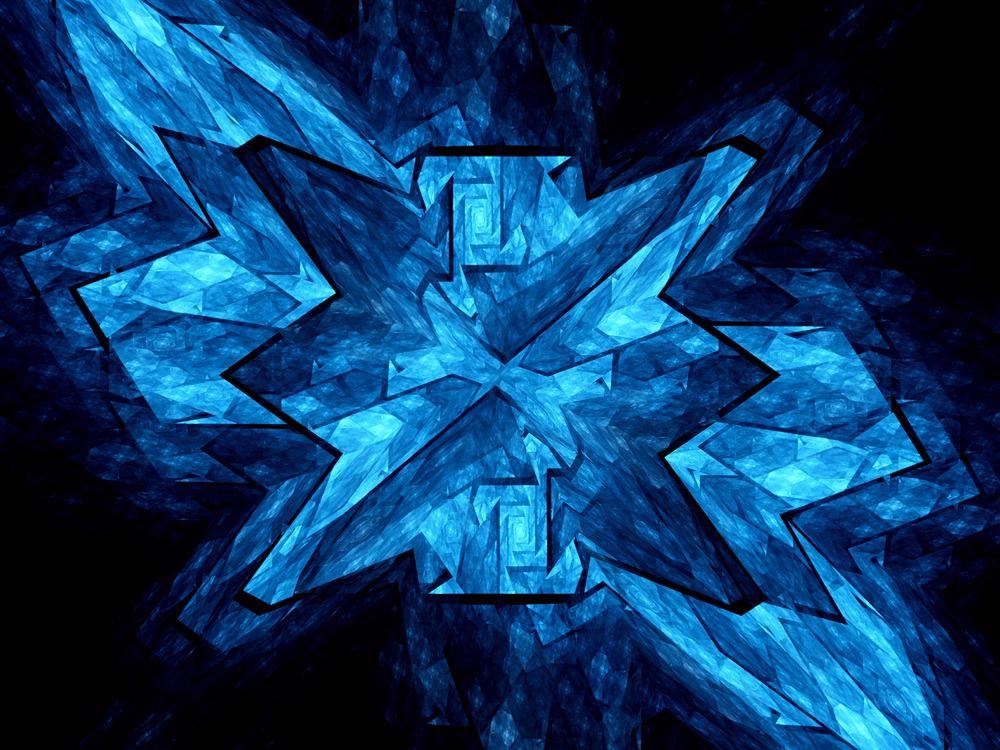An effective technique to tune and adjust nanocrystal sheets to achieve high polarization effects is presented in a study submitted to the journal Carbohydrate Polymers.

Study: Carboxylated cellulose nanocrystal films with tunable chiroptical properties. Image Credit: sakkmesterke/Shutterstock.com
Chiral Nematic Materials – The Key to Effective Polarization
Chiral nematic (CN) substances are appealing as crystals with helical-based configurations with the added benefit of being self-organized and photonic bandgaps that are unidimensional. They are useful for a variety of purposes such as polarizer-free reflective panels, broadband polarizers, intelligent reflectors used in window panes, and beauty products.
In the animal kingdom, beetle exoskeletons' have similar structures which serve as physical protection, show circular patterns with polarization characteristics, and emit polarized light in a similar circular pattern for covert communications. Cellulose nanocrystals (CNCs) have come across as viable solutions for nanostructuring components due to their extremely high physical properties, relatively lower density, and super reactive surface groups, all while providing environmental benefits.
The capacity of CNCs to suddenly arrange into a left-handed chiral nematic (LHCN) liquid crystalline order, which can then be solidified is also driving the increased interest in them.
Advantages of Chiral Nematic Materials
To date, a wide range of CN compounds derived from sulfuric acid hydrolysis has been created. Their dual benefits of structural rigidity and photonic bandgap-enabled capabilities should be useful for sensors, surveillance, light control, and bioscience.
The LHCN arrangement possesses a high degree of inherent circular polarization. By specific reflection and transmission, conventional white light may be separated into viewing side-dependent polarized light with the sides being left-handed and right-handed, as it passes through such a device.
When a luminophore is implanted in such a CN substance, the luminosity may be changed to circularly polarized luminosity, which is principally determined by photonic bandgap-photon interactions and luminophore orientation in relation to the nematic director. CNC coatings with optically bidirectional reflectance and luminosity are created by integrating a deceleration plate in the left-handed CN framework. The meso-structural properties of left-handed CNC coatings govern their circular polarization capability.
Previous Studies
According to previous studies, structural properties can be altered by modifying CNC attributes such as surface groups, charge density on the surface (SCD), aspect ratio (AR), ionic strength, concentration, and thermodynamic parameters such as temperature and humidity. TEMPO (2,2,6,6-Tetramethylpiperidine-1-oxyl)-facilitated oxidation in alkaline solution utilizing TEMPO/NaBr/NaClO is a potential method for preferentially oxidizing the exterior prime hydroxyl compounds of innate cellulose. This approach is capable of producing carboxylated cellulose nanocrystals (CCNCs) while preserving the core.
Recent research on the phase-forming behaviors of CCNCs provided compelling evidence that the production of CN orders in the suspensions is achievable and that some of them may even be preserved in solid form. Generally, CCNCs have ARs between 5 and 55, as opposed to nematic phase-forming CCNCs with greater ARs between 50 and 250. Unfortunately, CN coatings of CCNCs with adjustable chiroptical characteristics generated throughhydrochloric acid (HCl) hydrolysis and TEMPO-facilitated oxidation (HCl-TEMPO) are underutilized.
Keeping this in mind, the team showed that CCNCs generated from the cotton pulp by HCl-TEMPO form independent iridescent coatings by self-assembly induced by evaporation.
Results of the Study
The AR and SCD of the CCNCs separated from whitewashed cotton pulp using the HCl-TEMPO technique may be independently modified by adjusting the HCl-TEMPO settings. These CCNCs are self-assembled from homogeneous suspensions to generate left-handed CN sheets capable of left-handed circularly polarized reflectivity.
In this study, the team offered empirical proof that CN frameworks may be adjusted by altering the AR or SCD of the CCNCs, or by manipulating the suspension properties through ultrasonic treatment, or by varying the ionic based strength of the suspension. The team also noted that the CN framework of the CCNCs converted sporadic luminosity to right-handed circularly polarized luminosity, with the imbalance features governed mostly by photonic bandgap-photon exchanges.
It was pointed out that further research is ongoing to build structure-photon exchanges to improve the luminosity imbalance and broaden light manipulating capability. The team's research highlighted the capability of CCNCs as a core component for the innovation of circularly polarized luminosity-based substances, which could have significant implications for photonics-based purposes.
Reference
Fan, W., Li, J., Wei, L., and Xu, Y. (2022). Carboxylated cellulose nanocrystal films with tunable chiroptical properties. Carbohydrate Polymers. Available at: https://www.sciencedirect.com/science/article/pii/S0144861722003472?via%3Dihub.
Disclaimer: The views expressed here are those of the author expressed in their private capacity and do not necessarily represent the views of AZoM.com Limited T/A AZoNetwork the owner and operator of this website. This disclaimer forms part of the Terms and conditions of use of this website.